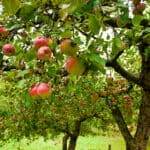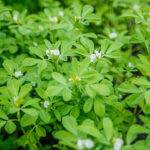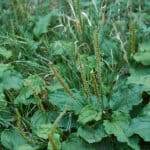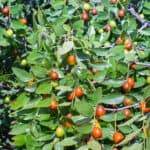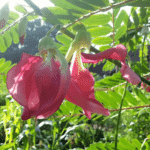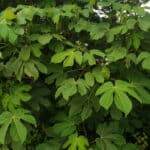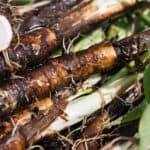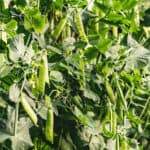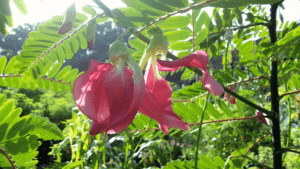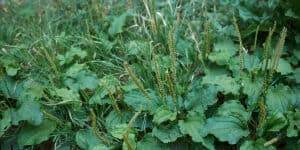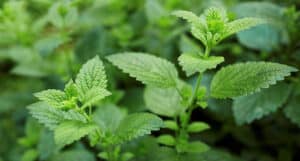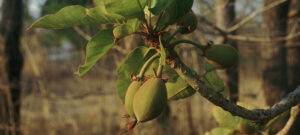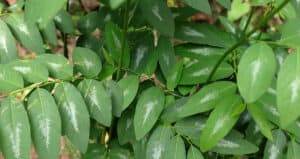Grow Lime for a tangy abundance!
Everyone enjoys a refreshing squeeze of lime on their food or drinks. When given the right climate, limes are an easy-to-grow perennial tree that can give you fruit all year round!
Here in Thailand, limes are a staple in everyone’s garden. But even if you live in a temperate climate, you can grow limes!
Limes love full sun and hot weather, so summers are the perfect environment. You just need to bring them inside during the winter.

Having a couple of lime trees in your permaculture garden allows you to utilize all the benefits of this incredible plant.
Limes are great in tea, soda water, and as a potent limeade. Drink the juice pure to access its vitamin C or use it to garnish your noodle soup! The possibilities are endless.
It’s a versatile fruit that can be stored for a long time. Also, once your tree is old enough to flower, it is very generous. Fruit generally starts coming between years 2-4.
There have been multiple times when I simply had too many limes on my tree. It is a good plant to keep in your garden to give as gifts or for trade. Everybody could benefit from the powerful health boost that limes give!
This is why it is considered an ancient Indian medicine and written about in the Sacred Hindu text the Vedas. There is a traditional story in Sri Lanka/ India that the lime was a result of a fight between two cobras.
Keep in mind there are many different varieties of limes. They all typically have round green fruit which is 3-6cm large, although some are completely different.
The origin of all of these limes is debated. However, it is likely a result of cross-pollination between a Malaysian citrus fruit and the Indian Buddha’s Hand fruit (Citrus Medica). These two mother plants were exposed to each other through global exploration and colonization.
Larger-scale lime farms first popped up in the Persian and Iraqi empires. This is why one of the most commonly cultivated limes is called the Persian Lime (Citrus × latifolia). It is this species that we will focus on growing today.
Propagation and Planting
Limes are easy to grow from seed, sapling, or cutting. So, you have a lot of options. If you want to start from seed, it will take much longer.
You can save seeds from a lime, but make sure it is an organic, non gmo lime. This will increase the chances that the seed will sprout. Remove the seed and let it dry for 24 hours.
After it’s dry, plant it in a small pot of compost and soil. Make sure to keep the soil moist to encourage sprouting. Once the sprout appears, slowly introduce it to more sun as it gets bigger.
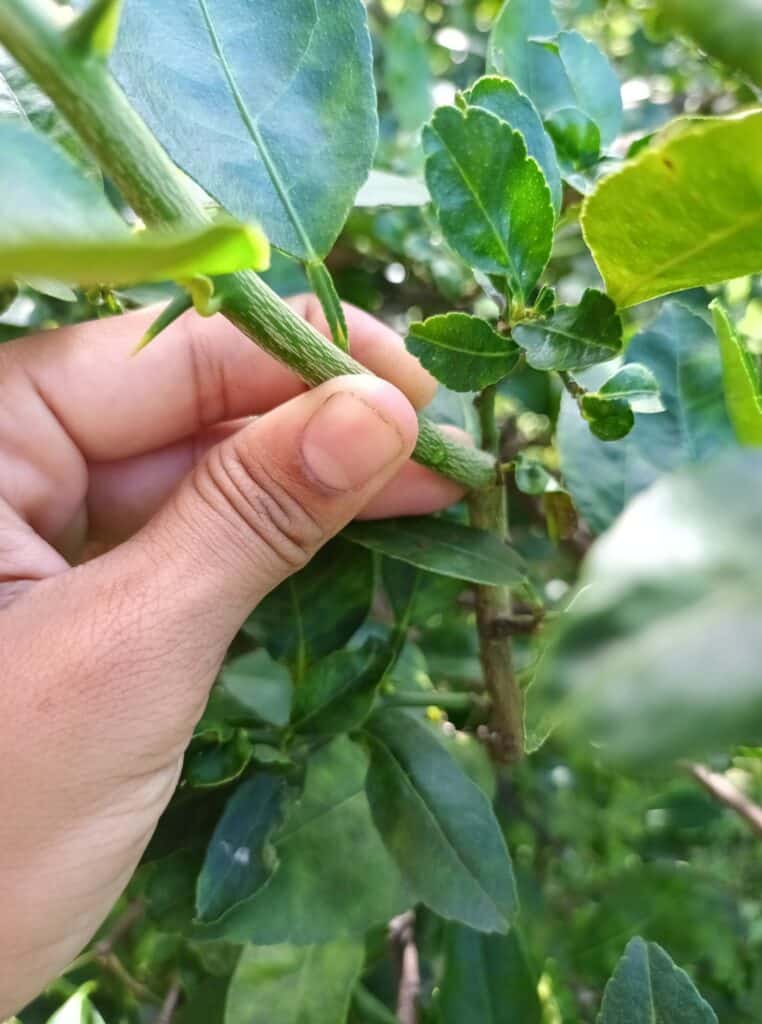
Once it has its second set of leaves, you can start exposing it to full sun. Limes grow pretty fast- up to 24 inches per year!
If you choose to take a cutting, this will reduce the time until you can harvest fruit. To take a cutting, locate a green stem that is growing out of the older, brown main stem.
This stem should be semi-hard. Cut at the node, where the stem connects to the main stem.
You can sterilize your scissors or knife with rubbing alcohol to protect the tree from infection. Remove all the bottom leaves from the stem, keeping a few leaves at the top. Shave the tip of the stem so that a little bit of the flesh is exposed.
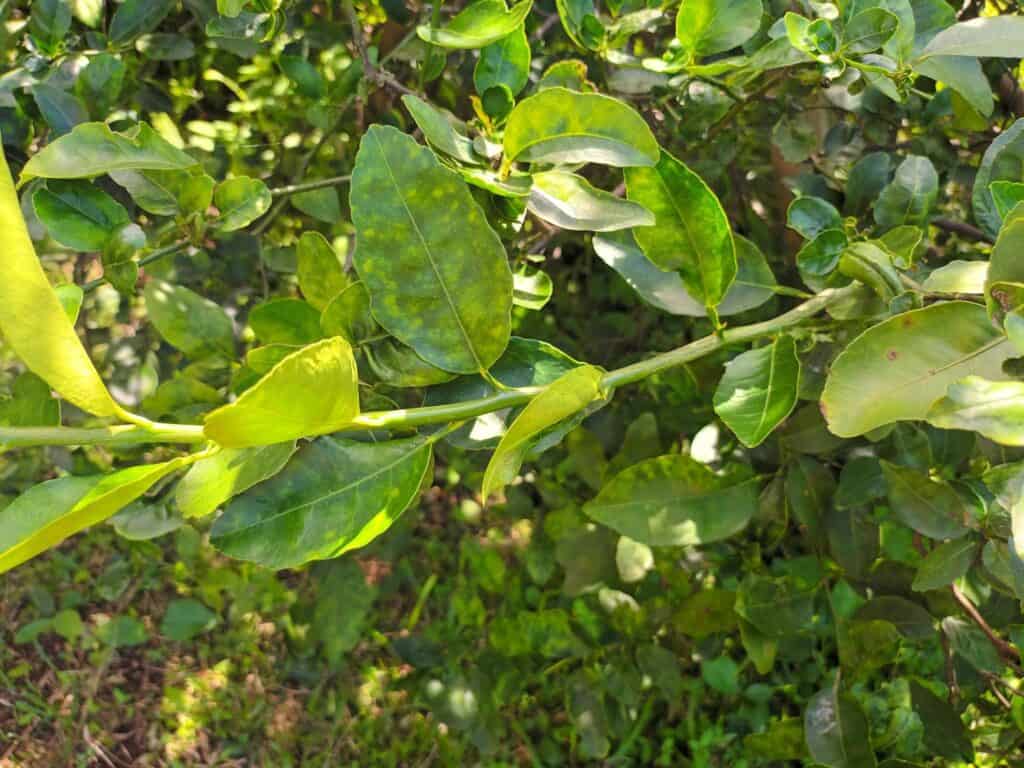
If you want to use a rooting gel, dip the base of the stem in it. Once you do that you can put it into a cup of water and wait until it roots.
Alternatively, you can plant it into a small clear cup with some soil, compost, or coconut husk and wait for it to root. Be sure to keep it moist and out of the sun until you see roots forming.
Keep in mind the lime tree has sharp thorns! So be careful whenever taking a cutting!
Once the cutting forms roots, it is time to transplant. If you are growing in a temperate climate you will need to select a suitable pot.
A good pot size is at least 18-36 inches in diameter. This will allow the lime tree to grow up to a big size. Make sure that your pot has plenty of drainage holes and aeration.
Limes do not like waterlogged soil so good drainage is a must! If you are planting outside, make sure to find a location with plenty of sun (6-8 hours a day) and well drained soil.
Dig a hole double the size of the root ball and plant the sapling firmly upright in the soil. Make sure to keep it well watered during the first month of planting.
Growth and Care
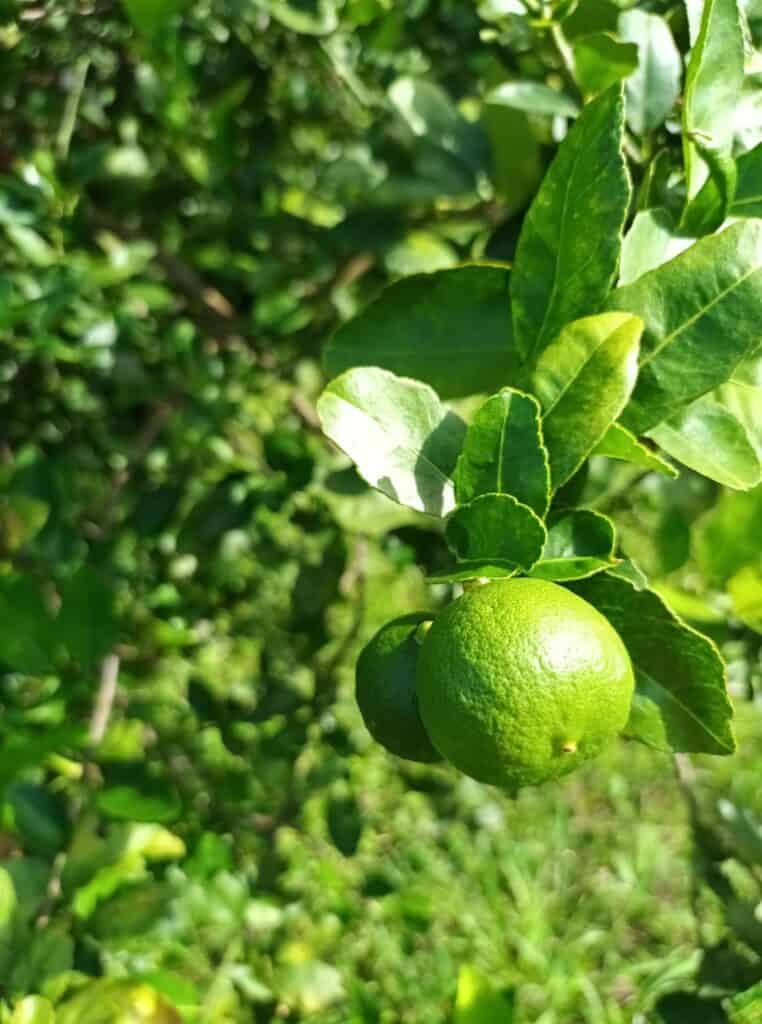
Once the roots establish, limes are a relatively hardy plant and do not require much care. The most important thing is that they need a warm ,sunny environment and adequate water. They cannot tolerate temperatures lower than 50 degrees fahrenheit.
Water whenever the top layer of the soil dries out. Be very careful to avoid overwatering!
It is not necessary to prune a lime tree but if you want to keep it a certain size and shape pruning can be done. Always cut off branches at the node where a smaller stem meets a bigger stem.
At any time of the year, you can cut off any branches that look unhealthy. This allows the tree’s energy to be directed to new, healthier growth.
Limes will grow and flower intermittently all year long. However, the most heavily fruiting periods come 3 times a year in June, September and January.
During these times you can add a fertilizer heavier in K (potassium). Other than that you can add a shovel of organic compost every 4 months. If you notice a specific issue, you can add other nutrients.
Its maximum height is about 6’ tall with a 5’ spread. You can prune it to be shorter or thinner.
As long as it has the right conditions, limes do not need much fertilizer. They like a slightly acidic to neutral soil PH (between 6 -7).
If you are not getting any fruit, it may be because your soil is too alkaline. Be sure to monitor the soil PH a few times a year.
When your ecosystem isn’t balanced, your limes are at risk of being affected by citrus mites, leaf miners, and aphids. In order to manage these organically, try spraying it with neem oil until you notice the problem subsides.
Harvesting
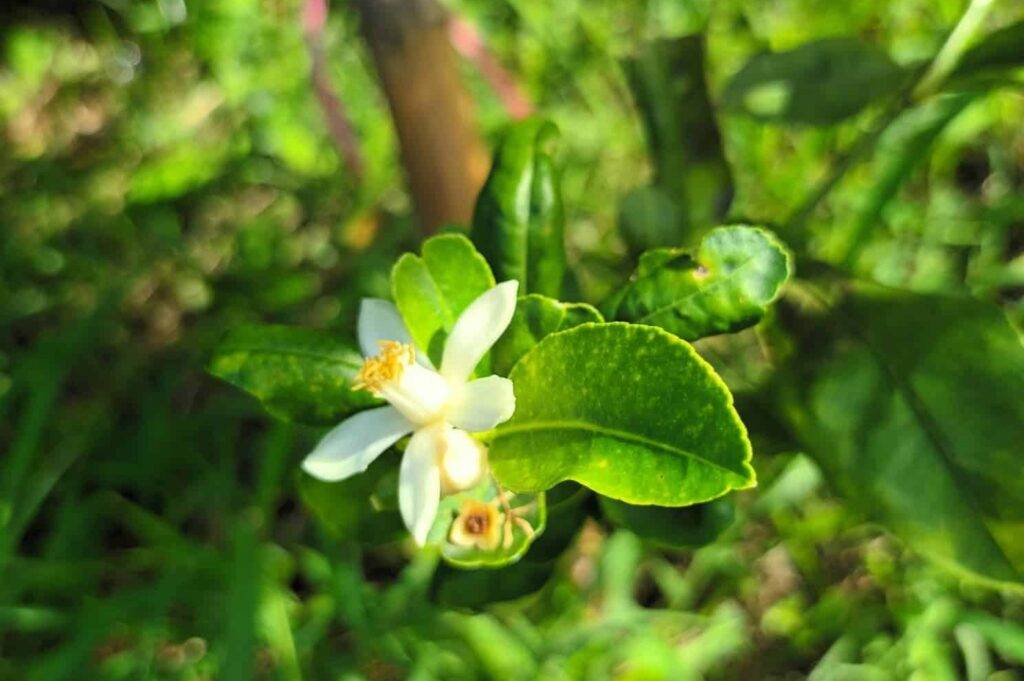
Once you notice white flowers, the lime fruit will form shortly after. It can take 1-3 months for the fruit to grow into a suitable size for harvest.
You simply need to twist the limes off the tree as you want to use them. If you don’t harvest in time, the fruit will drop to the ground. You can harvest right from the ground as well.
In order to pick the right fruit, wait until you see a slight hint of yellow forming on the green skin. Otherwise, wait until it reaches a larger size. You can use the smaller ones as well, but the larger fruits will be juicer.

Squeeze the lime while it’s on the tree to test its firmness. The ideal lime is slightly soft to the touch.
Always be careful to avoid being cut by sharp thorns when harvesting. If you do not want to twist the fruits off by hand, you can use scissors or a knife. Cut the fruit where the top of the lime is connected to the stem.
Processing and Utilizing
Limes can be used in any creative way that you want to! Simply slice it open and squeeze it into your drinks or on your food. You do not need to do any processing of the fruit in order to start using it.

You can even grate the peels for a sour zest on top of your meals! If you want, you can dry the lime rinds and store them to make tea. Simply spread the sliced pieces onto a screen and let it bake in the sun for a few days until fully dry.
The lime tree is a very giving fruit. As long as you take good care of it, it will definitely take care of you! This is a powerful medicine that you can drink early in the morning to kickstart your day.
So don’t wait any longer and start growing lime today!
Resources
http://www.isca.in/IJPS/Archive/v2/i4/3.ISCA-RJPcS-2013-021.pdf


